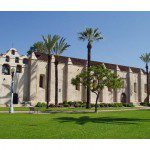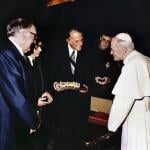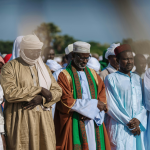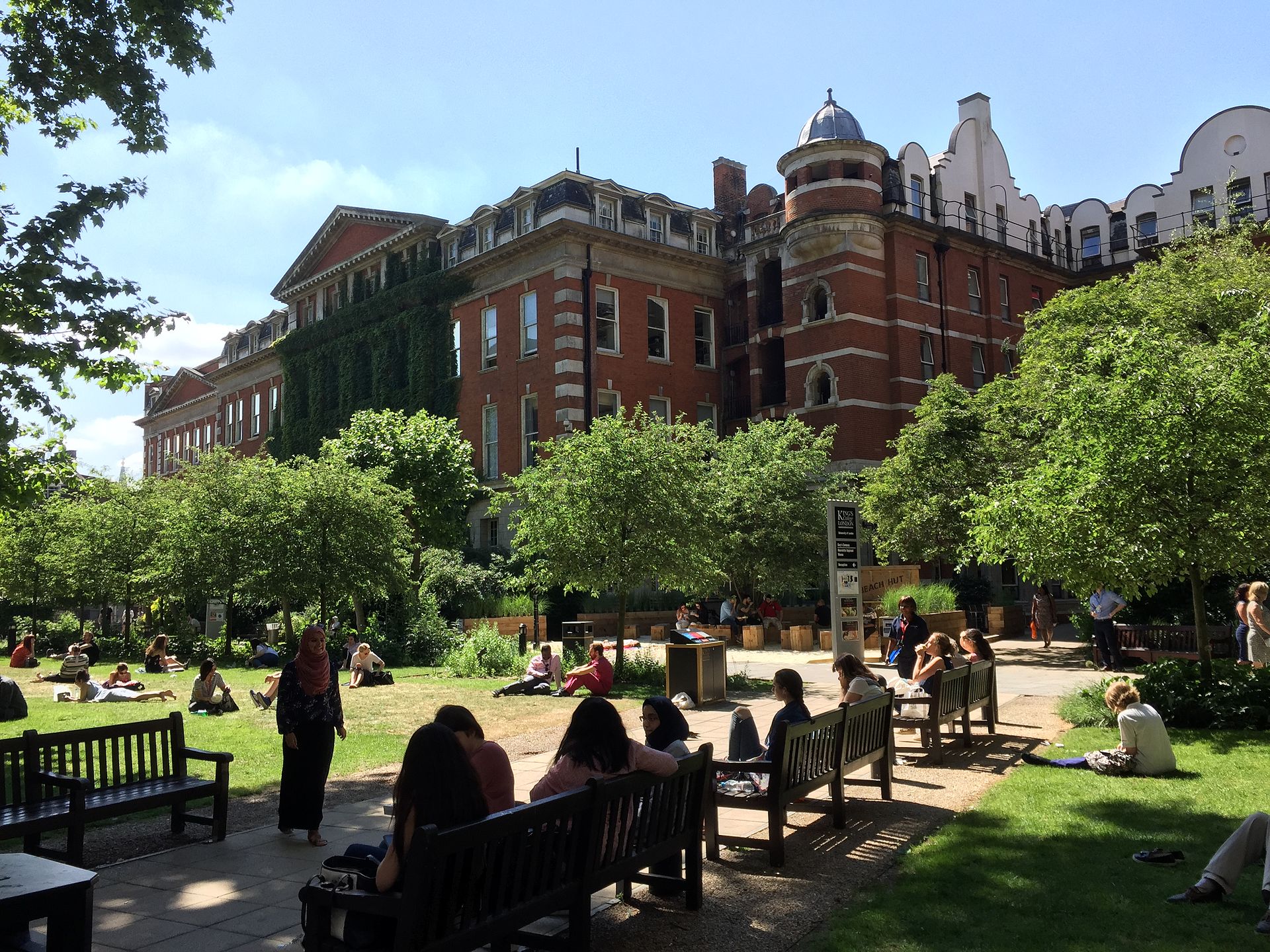
I’ve just finished reading the 2024 book
Dr. Parnia is an associate professor of medicine at New York University’s Langone Medical Center, where, additionally, he serves as director of research into cardiopulmonary resuscitation. He also directs the Human Consciousness Project at the University of Southampton, in England. He received his medical degree in 1995 from the medical school of King’s College London and then earned a doctorate in cell biology from the University of Southhampton in 2007. He also received fellowship training in pulmonary and critical care medicine at the University of London and at Weill Cornell Medical College in New York City.
As I extract notes from my reading of Lucid Dying, I’ll probably share a number of them here. Dr. Parnia’s subjects are thematically linked but widely varied, and many passages in the book screamed out to me for sharing. I quote a pair of them right now that I’ve pretty much chosen at random (among the passages that I marked) for inclusion here. In the first, Dr. Parnia is quoting Dr. Nenad Sestan, M.D., Ph.D., who is Harvey and Kate Cushing Professor of Neuroscience and Professor of Comparative Medicine, of Genetics, and of Psychiatry at Yale Medical School:
“There are two great mysteries of science . . . [The first is:] Who we are and what we are as a species. [The second is:] How you get thought in the brain.”
I would add that there is a third great mystery in science, and in life, and that it is the natural successor to our question of self and thought: What happens when we die, and does our “self” persist in any recognizable form after our death? . . . The AWARE-I and AWARE-II studies [which Dr. Parnia led] have hinted at the astonishing possibility that consciousness and the “self” are not annihilated when we cross into the grey zone of death. Instead, the self and the consciousness is liberated through the mechanism of disinhibition. People gain access to what had been a vastly larger entity of their own consciousness, which in this seemingly liberated state can take in information in the form of knowing, even though normally it would not be possible for the dying or dead human to see, hear, or witness events. Yet people consistently report it. This suggests human consciousness is like a field of energy (like electromagnetism) that is tethered to the body and brain and interacts with them, yet is not produced by them. This is an astonishing proposition, but less so when you consider the sheer power of a human brain, an unfathomably complex organ that we are still exploring and charting, like an unknown ocean or solar system, together with the mystery that is itself like a universe, human consciousness. (220-221)
Dr. Parnia is unimpressed with attempts to reduce consciousness or mind to the physical brain:
This limitation of all the brain-based theories has led some to suggest consciousness may in fact be an irreducible scientific entity in its own right, similar to many of the concepts in physics, such as mass and gravity, which are also irreducible entities. Other discoveries, such as the discovery of electromagnetic phenomena in the nineteenth century or quantum mechanics in the twentieth century, were also inexplicable in terms of previously known principles. (236-237)
For whatever little it may be worth, I myself have come to lean tentatively to the notion that consciousness or intelligence is an irreducible element in the universe. On this understanding, consciousness or intelligence or mind would not need to be explained, indeed could not be explained, as a result of other components or other factors. It is, properly speaking, basic.
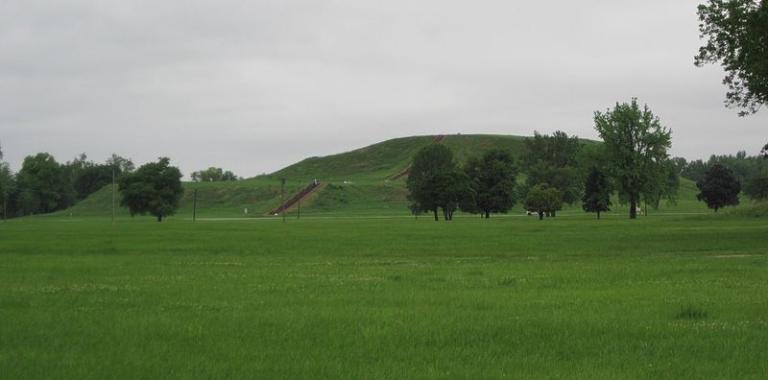
This new item has just been posted on the moribund and thus never-changing website of the Interpreter Foundation: “The Heartland Versus Mesoamerica: Part 8: Putting People on the Map: Overall Correlations,” written by Brant A. Gardner
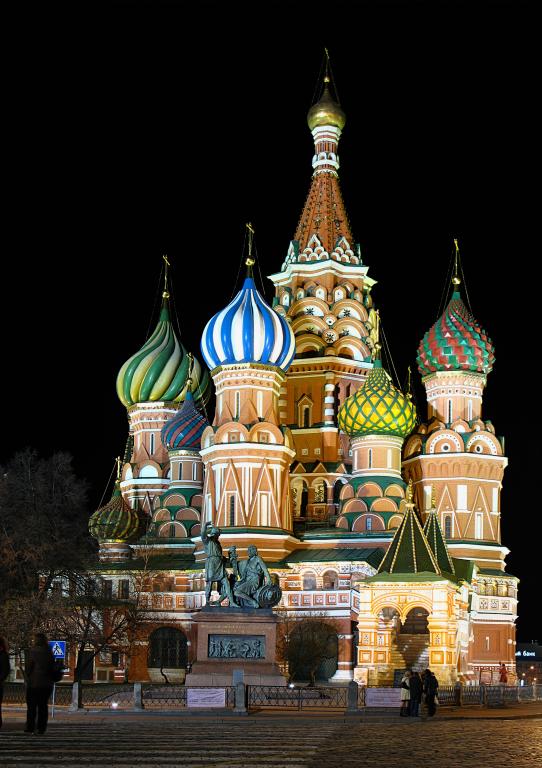
(Wikimedia Commons public domain photo)
Has anybody else heard anything about this? I haven’t. The article was published in the independent Amsterdam-based Moscow Times yesterday (3 June 2025), but the alleged blacklisting is supposed to have been announced more than a month ago, back on 29 April 2025: “Russia Blacklists Brigham Young University and German NGO as ‘Undesirable’”
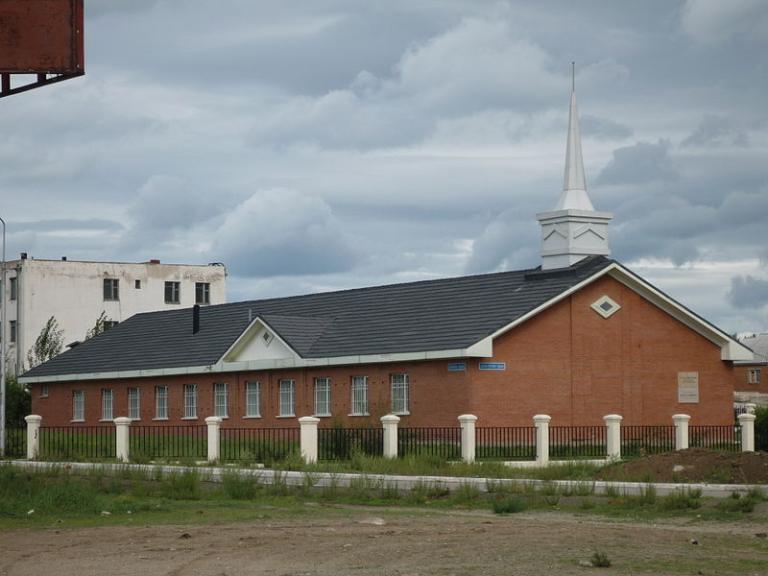
(Wikimedia Commons public domain image)
As these materials, which have recently been retrieved from the Christopher Hitchens Memorial “How Religion Poisons Everything” File™, redundantly demonstrate yet again, theists simply won’t leave the rest of humanity alone and in peace:
“Latter-day Saint Receives Polar Star Medal Recognition in Mongolia”
“May is Mental Health Month. Here’s how the Church is striving to improve mental health around the world: Read how people are taking advantage of resources from the Church to improve mental health, grow emotionally resilient and improve marriages” It’s probably worth pointing out that June is, specifically, “Men’s Mental Health Awareness Month.” This is an appropriate time to raise awareness about the unique challenges men face when it comes to their mental health. And I want to do my part in this: Based on the evidence supplied in his posts about me over at the Peterson Obsession Board, including a very recent one, I suspect that Everybody’s WC — perhaps in company with his much more clever and more original muse, my Malevolent Stalker — might benefit by taking advantage of whatever mental health resources are being provided this month. It seems sadly apparent that neither the Stalker nor the shamelessly mendacious Mini-Stalker is already doing so, and special offers, even discounts, may be available. But probably only if they act without delay.



